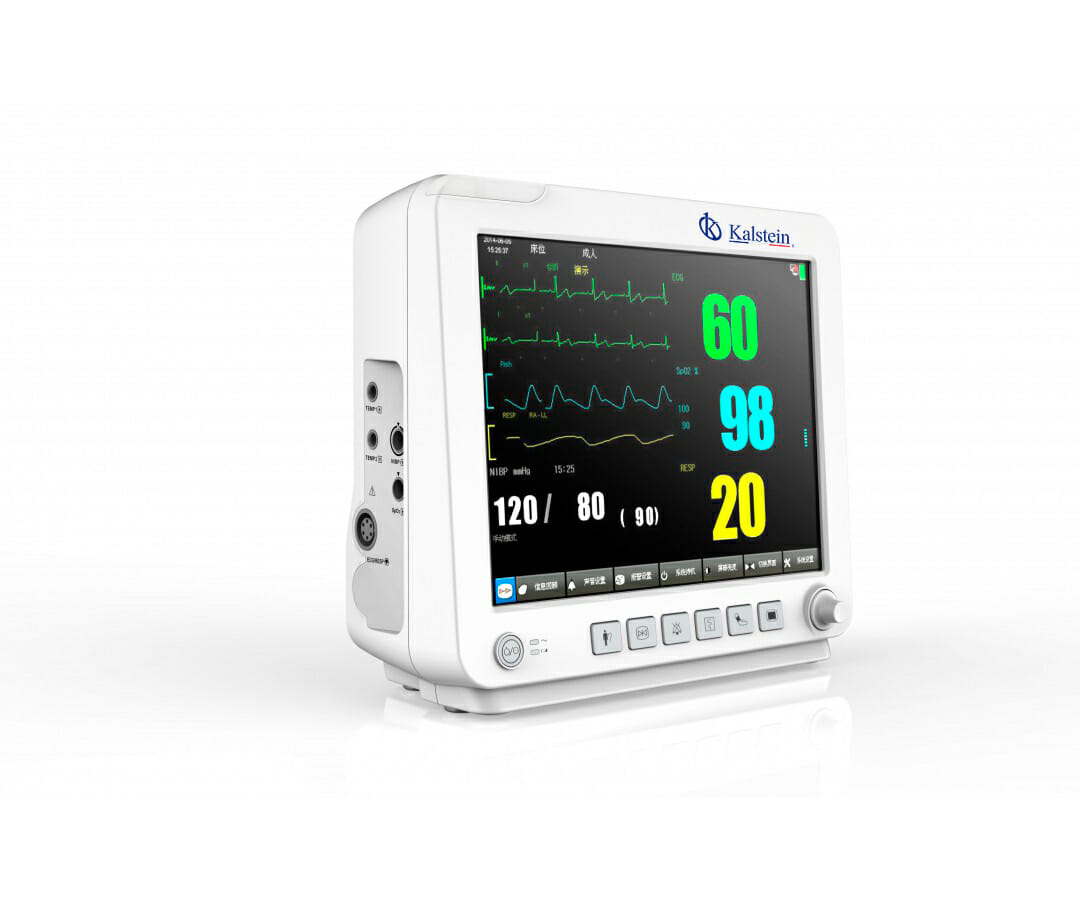Security and privacy are key factors in the adoption of technologies to monitor children. In recent years, thanks to advances in technology, parents have turned to patient monitors for remote monitoring of their children. These medical technology devices are often referred to as “infantile patient monitors” (IPM).
These are small devices that connect to a child’s body, usually through a bracelet, to perform constant measurement of physical activity, sleep, temperature, and heart rate. These devices enable long-distance surveillance, which facilitates real-time monitoring of all key medical parameters as well as direct communication between parents and the physician.
What are the security and privacy challenges of children’s patient monitors?
However, there are also some challenges that accompany the adoption of this technology for child surveillance. The main problem with patient monitors is security and privacy. There is growing concern among parents about who has access to data collected by patient monitors.
Since patient monitors typically rely on internet connectivity, the collected data can be intercepted and manipulated, which can expose children to hackers. In addition, most service providers do not offer a high enough level of security, making devices even more vulnerable to sharing information with third parties.
How has the safety of patient monitors been increased?
Some companies have developed wireless devices that allow parents to connect directly to patient monitors without exposing the device to the dangers of connecting to the Internet. These devices offer additional protection by not automatically sending the collected data to any third party and even allowing connection to a local computer for further analysis. This would allow parents to view the data in real time without having to rely on an analysis from a third-party service provider.
Another concern related to patient monitors is privacy. Many of the child surveillance service providers have tools to share data obtained through social media with other users, which could undermine children’s privacy. This vulnerability is further reduced when using devices connected to the Internet, as there is an increased risk of data being accidentally shared.
Why is it important to monitor the safety of data obtained with patient monitors?
It can be concluded that remote child surveillance systems with the use of a child patient monitor, offer a large number of benefits, such as security, real-time access and monitoring of vital medical data, which are crucial for children’s health care. These data will undoubtedly allow for better planning of any treatment for children’s health care.
However, it is also important that families remain aware of the security and privacy issues associated with using this technology, in order to prevent data from being exposed to third parties. By understanding the threats and security sources, parents can make better decisions about the devices with which to monitor their children, ask companies for more information, and request guarantees to prevent leakage of sensitive information.
The one offered by the manufacturer Kalstein in patient monitors
Kalstein is aware that the data obtained with its instruments, such as patient monitors, will be of exclusive use to the patient, parents and the treating physician, so it implements all the mechanisms to shield the information collected. Patient monitors can calculate drug doses, measure arrhythmias, and raise alarms when any of the measured vital signs is out of step. For further technical features, prices and purchase, please visit HERE


